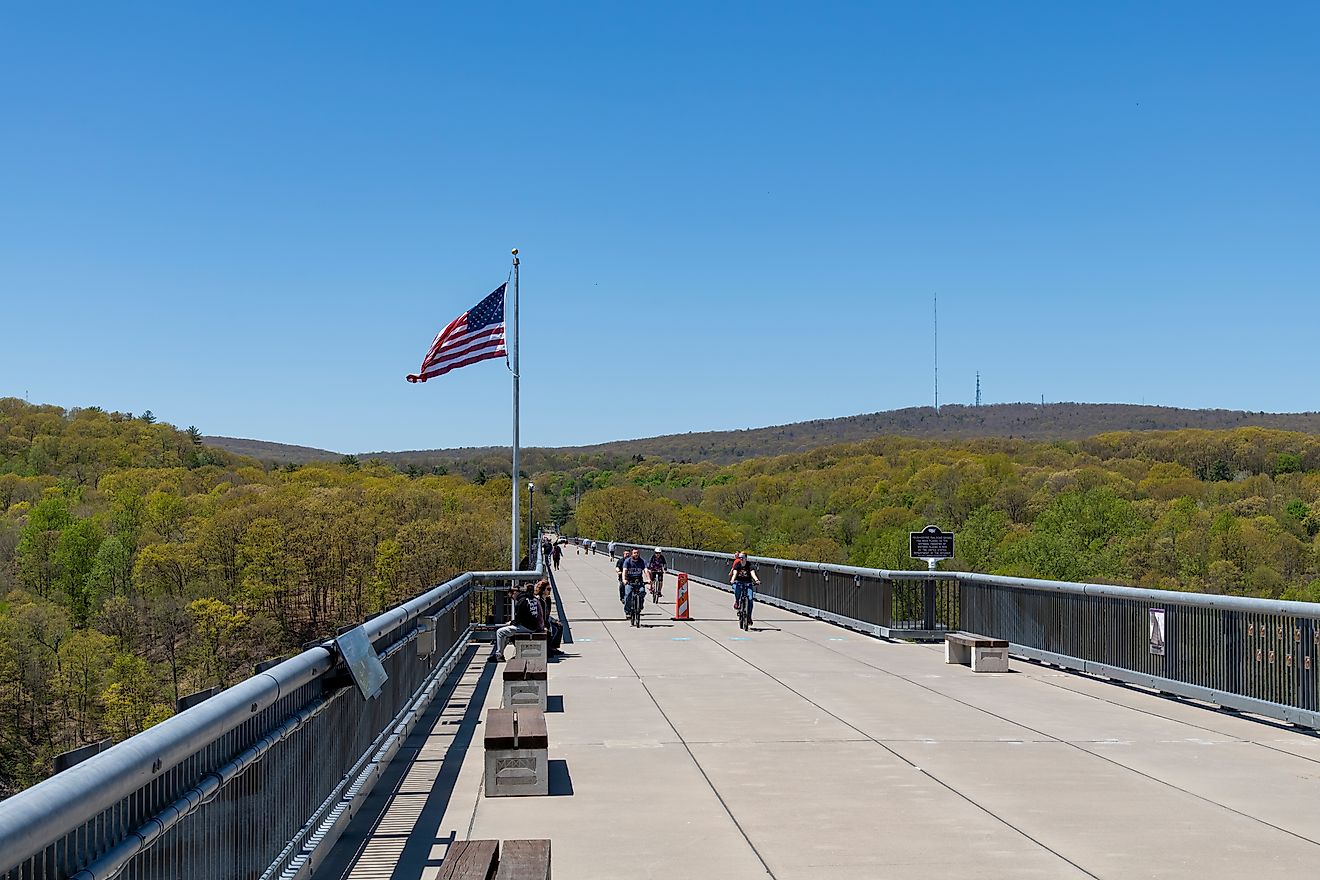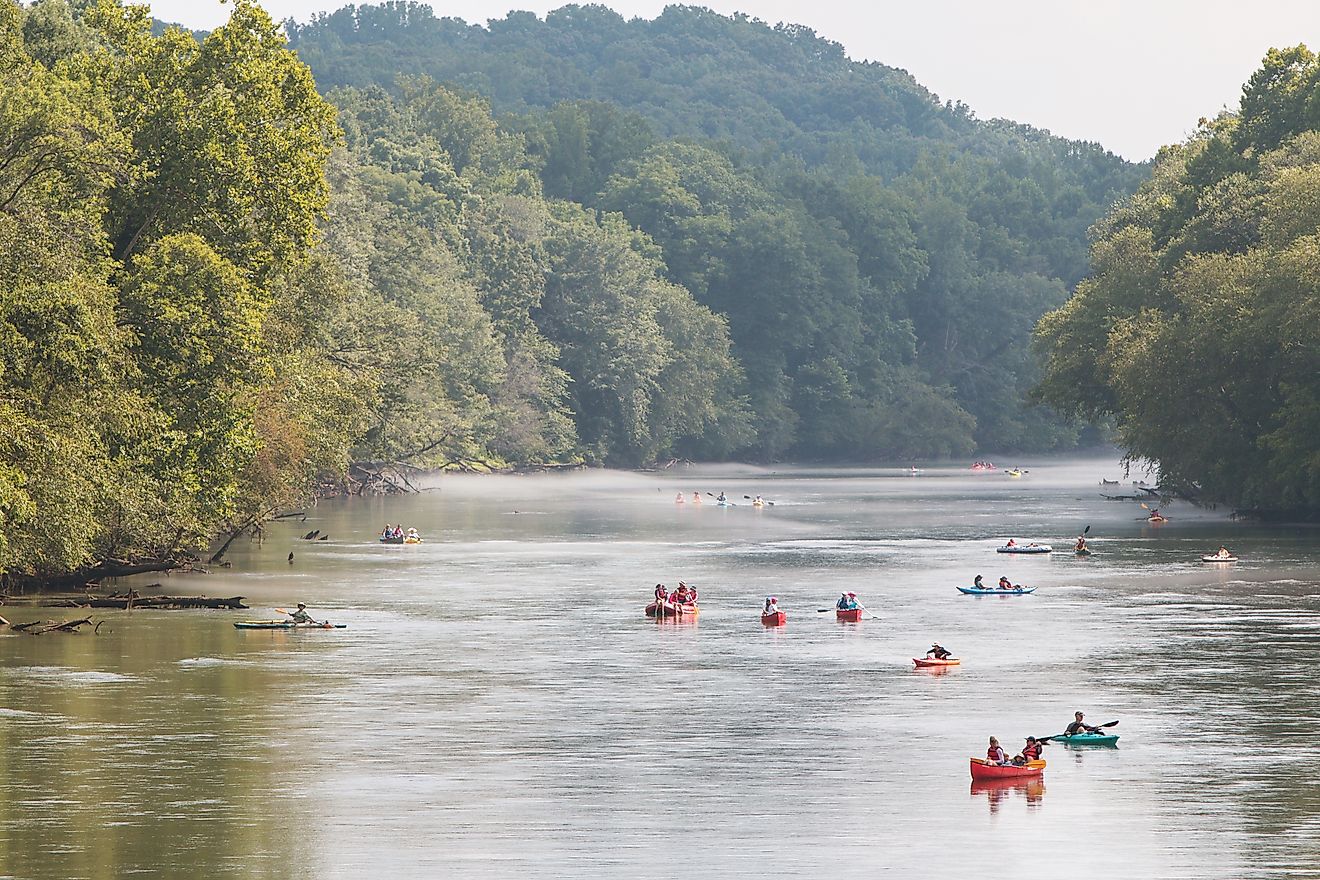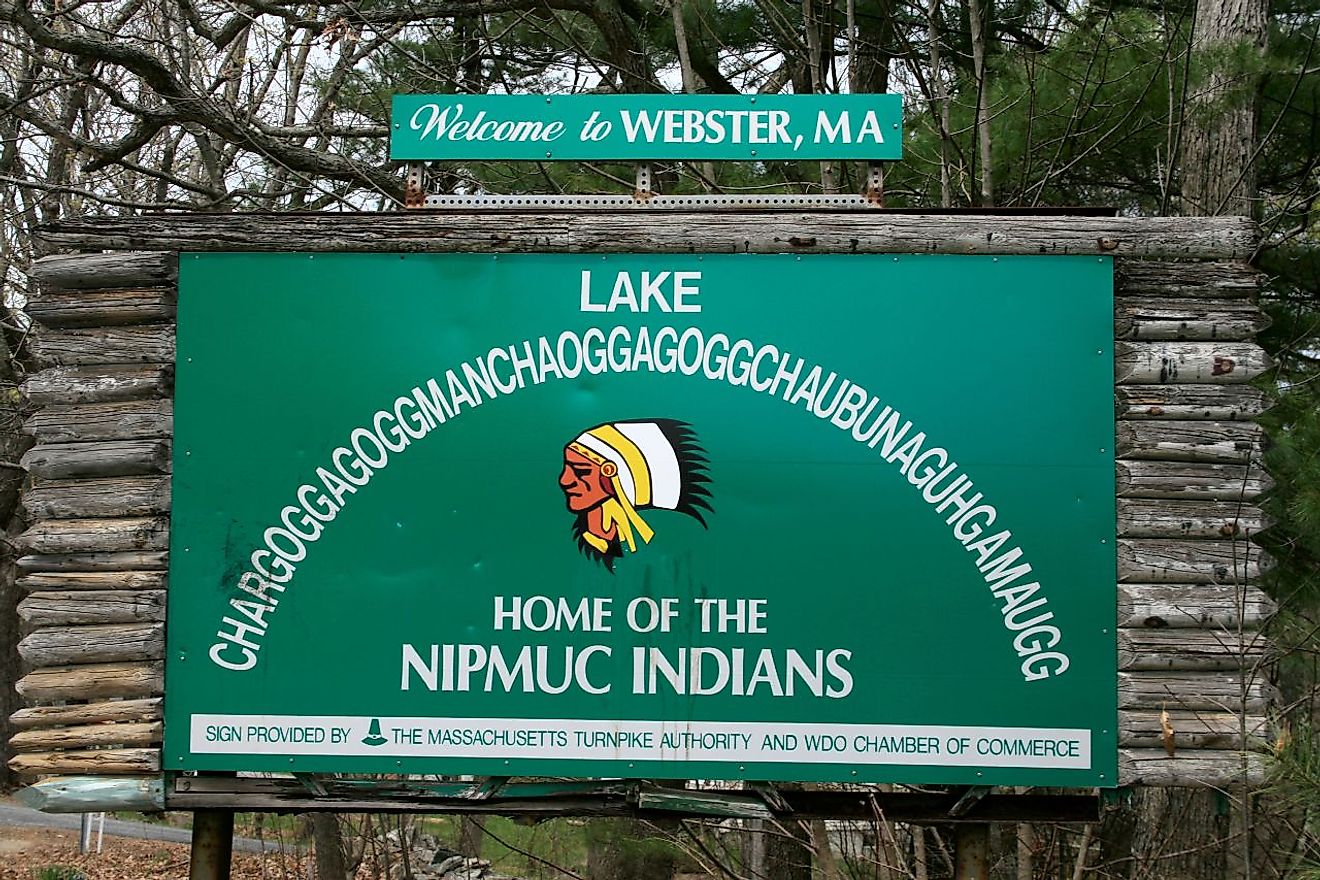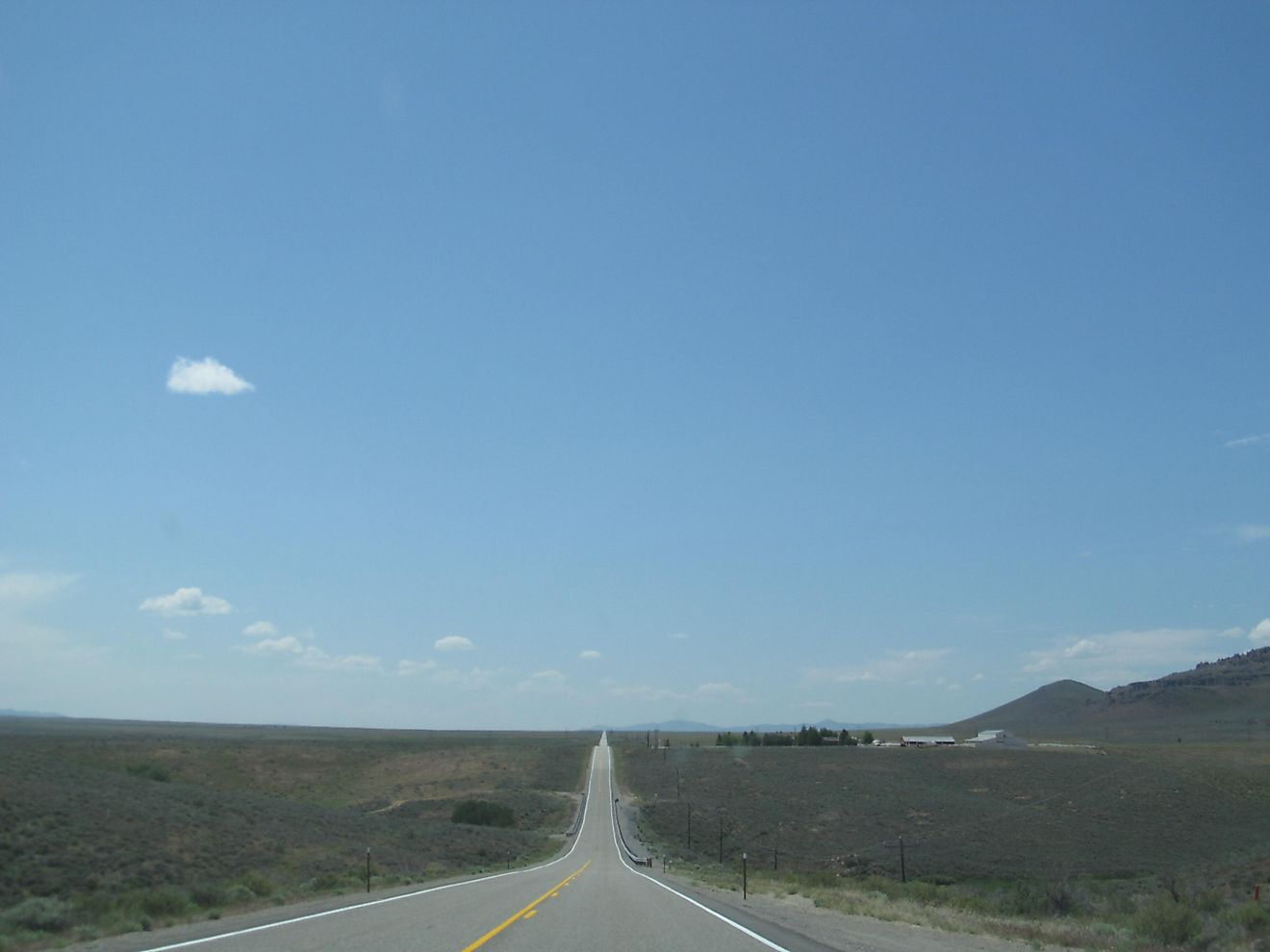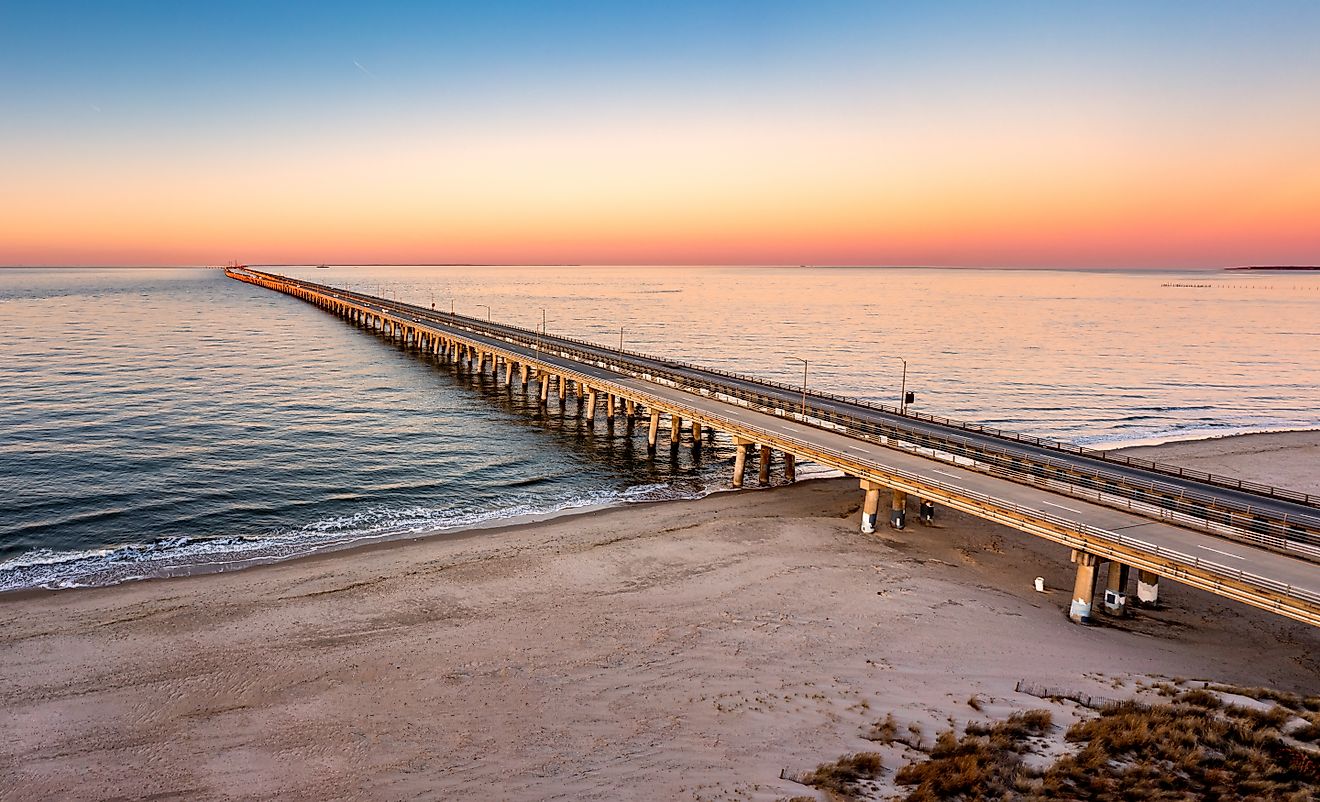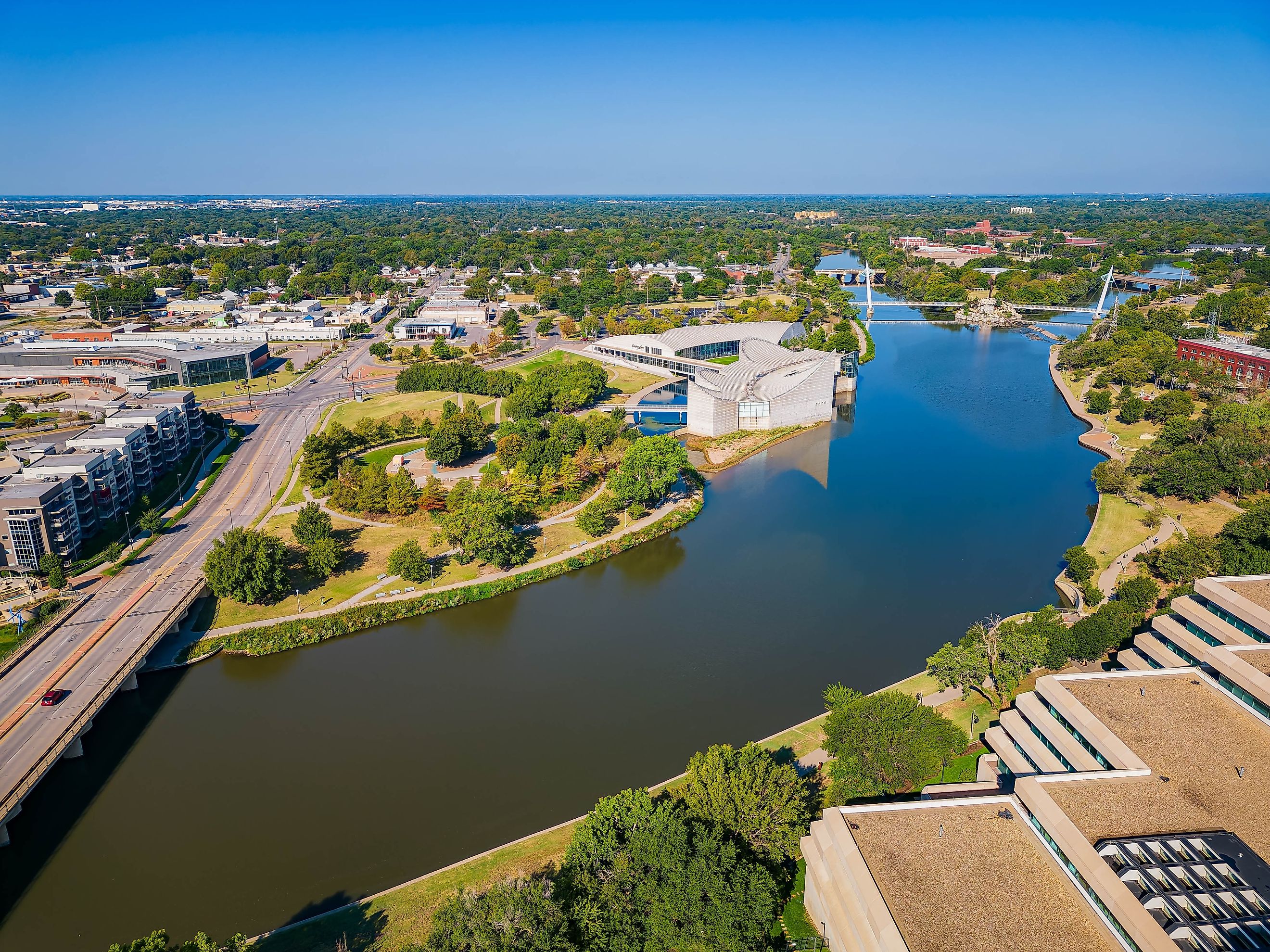
The 10 Longest Rivers in Kansas
Kansas, often dubbed the "Heart of America," boasts a diverse landscape that extends far beyond its prairie stereotype. Known for its rolling plains and amber waves of grain, it is also home to a surprising network of rivers, which create unique habitats and provide essential resources for both wildlife and humans. These waterways transect the state in a beautiful tapestry of nature, shaping its geography and sustaining its ecosystems. These waterways offer scenic beauty, critical ecosystems, and recreational and economic opportunities for locals and visitors.
Kansas River
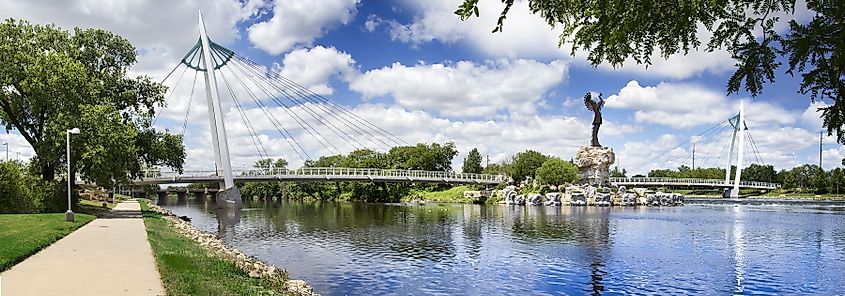
The Kansas River, also known as the Kaw, spans approximately 148 miles and is a vital waterway in the state. Starting at the confluence of the Smoky Hill and Republican Rivers in Junction City, it flows eastward through Topeka, passing its confluence with the Wakarusa River. The river has played an important role in the state's history. It served as a primary route for transportation for early settlers and traders. Today, the river supports a wide range of economic activities such as farming, industry, transportation, and recreational ones such as canoeing, fishing, and wildlife watching.
Arkansas River

Arkansas River Emerald Park North Little Rock Arkansas.
The Arkansas River is one of the longest rivers in Kansas, with a length of approximately 140 miles. It is also one of the region's most important waterways, with its headwaters originating in the Rocky Mountains of Colorado and joining the Mississippi River flow system. In Kansas, the Arkansas River flows through the south-central part of the state, passing the historic Cowtown Museum before making its way to the Oklahoma border. The waters of the Arkansas River support irrigation systems that sustain crops such as wheat, corn, and soybeans, contributing significantly to the state's agricultural output. Additionally, the river provides a range of recreational activities such as fishing, boating, birdwatching, and camping.
Republican River
Rising in the high plains of Colorado, the Republican River traverses approximately 155 miles through Kansas before joining the Kansas River near Junction City. The river valley offers stunning landscapes and is home to several state parks, ideal for outdoor enthusiasts. The waters of the Republican River support irrigation systems that cultivate crops and sustain livestock, thus sustaining the state's agricultural economy. Fishing, camping, and birdwatching are popular activities along the Republican River, which is known for supporting diverse wildlife.
Despite its modest size compared to the state's other rivers, the Republican River has historical importance, particularly in water disputes and interstate agreements regarding water rights and usage.
Cottonwood River
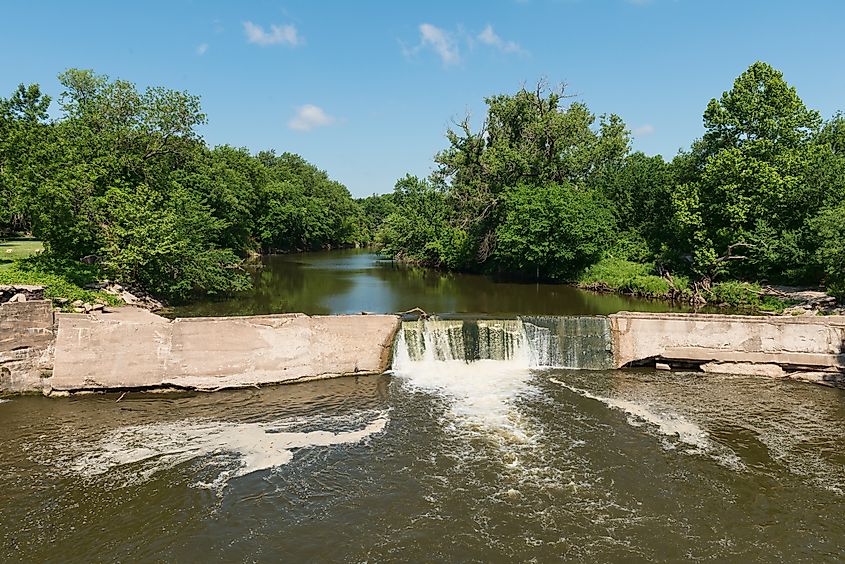
The banks of the Cottonwood River, Cottonwood Falls, Kansas.
Flowing for approximately 170 miles, the Cottonwood River is a major tributary of the Neosho River in southeastern Kansas. Originating in Lyon County, it meanders southeast through towns such as Emporia and Florence before converging with the Neosho River near Neosho Rapids.
The Cottonwood River is the cornerstone of Kansas’ economy, supporting both tourism and agriculture. Its waters irrigate the surrounding farmlands, thus increasing the state’s agricultural productivity. Moreover, the river provides an array of recreational activities, such as fishing, canoeing, and camping, attracting those seeking tranquil retreats amidst nature.
Smoky Hill River
Originating in eastern Colorado, the Smoky Hill River flows eastward for around 575 miles, with approximately 90 miles of its course passing through Kansas. It merges with the Republican River near Junction City to form the Kansas River. As it flows into Kansas, it provides picturesque views, and on its banks, US Highway 40 follows this majestic waterway. The basin gives life to a diverse array of ecosystems, such as grasslands, riparian forests, and wetlands, supporting a large variety of plant and animal species.
The Smoky Hill River irrigates farmlands and pastures, enabling the cultivation of crops and grazing grounds for livestock in western Kansas. Additionally, the river provides several recreational activities, such as fishing, kayaking, and hiking.
Neosho River
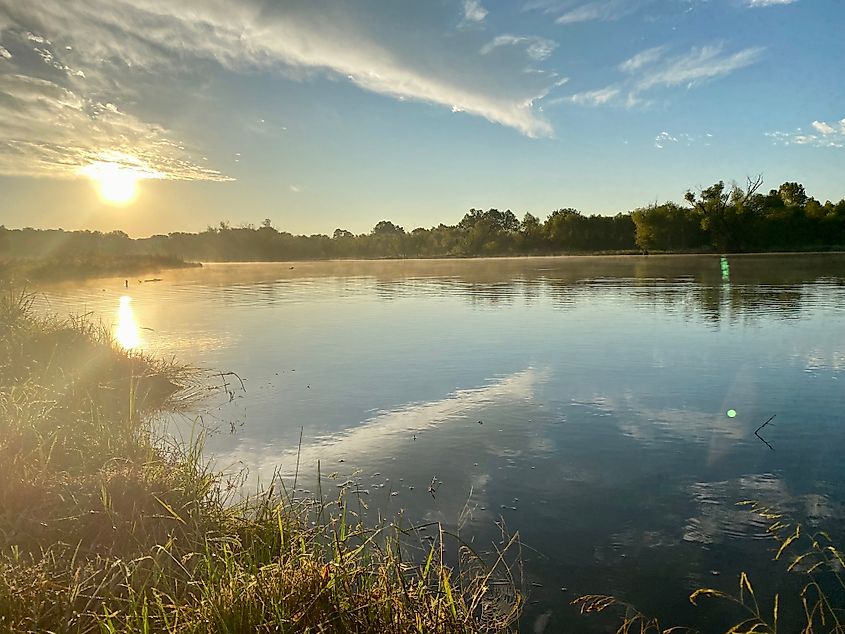
Sunrise over the Neosho river in Oklahoma.
The Neosho River, also known as the Grand River, traverses through Kansas for approximately 463 miles. Originating in eastern Kansas near Council Grove, it flows southward, crossing into Oklahoma before joining the Arkansas River. The river is a tributary of the Arkansas River that offers a mix of prairie and woodland scenery. Its waters irrigate farmlands, power hydroelectric facilities, and provide fishing opportunities. Recreational activities along the Neosho River include birdwatching, hiking, and wildlife photography. The river basin gives life to diverse habitats, including wetlands and bottomland forests, which support a variety of plant and animal species.
Solomon River
The Solomon River, another vital waterway of Kansas, flows through the north-central part of the state. This river, stretching for 184 miles, begins at the confluence of its North and South forks near Osborne and meanders its way eastward until it joins the Smoky Hill River. The Solomon River basin is a haven for wildlife, providing lush habitats that attract a variety of bird species, mammals, and fish. It is particularly notable for its opportunities for hunting, fishing, and birdwatching, making it a cherished spot among outdoor enthusiasts. The landscapes surrounding the Solomon River are a mix of rolling hills, farmlands, and open skies, epitomizing the pastoral beauty of Kansas's countryside.
Saline River
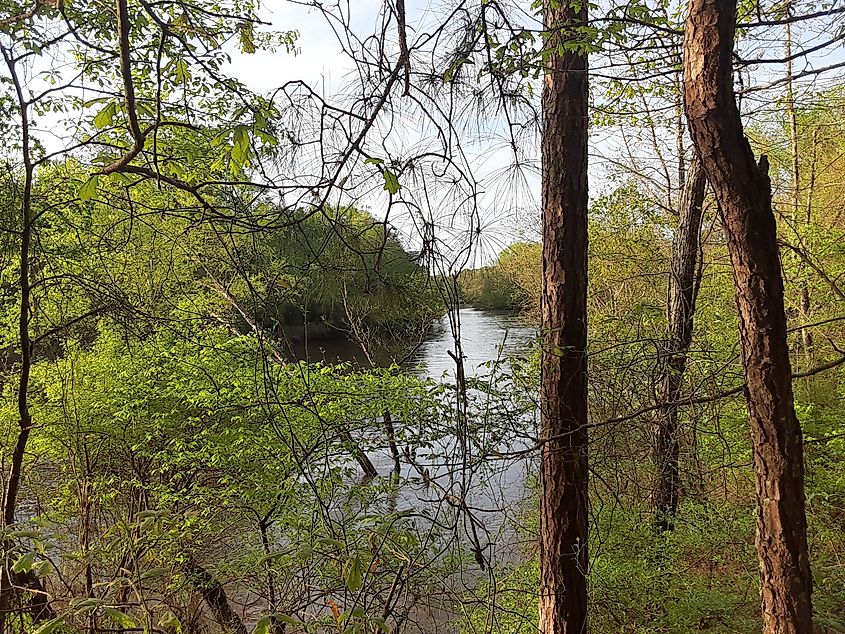
The Saline River, spanning around 150 miles, is a tributary of the Smoky Hill River in north-central Kansas. Originating in Lincoln County, it flows northeasterly, passing through communities such as Russell and joining the Smoky Hill River near Russell Springs.
The river's banks are lush with vegetation, providing critical habitat for various wildlife species, such as White-Tailed deer and bobcats, and also provide a peaceful retreat for nature lovers. Its clear waters are ideal for canoeing and fishing, making it a favorite among local outdoor enthusiasts. The Saline River encapsulates the tranquil beauty of Kansas’s riverine ecosystems, embodying the state's rich natural heritage.
Verdigris River
The Verdigris River, which is approximately 150 miles long in Kansas, is a tributary of the Arkansas River. Originating in southeastern Kansas near Madison, it flows southward, crossing into Oklahoma before joining the Arkansas River.
The river contributes to Kansa's economy through the vital role it plays in agriculture, industry, and outdoor recreation. Its waters irrigate croplands, power hydroelectric facilities, and provide opportunities for fishing and boating. Recreational activities along the Verdigris River include birdwatching, hiking, and wildlife photography. The river basin encompasses diverse habitats home to animals such as bald eagles, white-tailed deer, and beavers.
Marais des Cygnes River
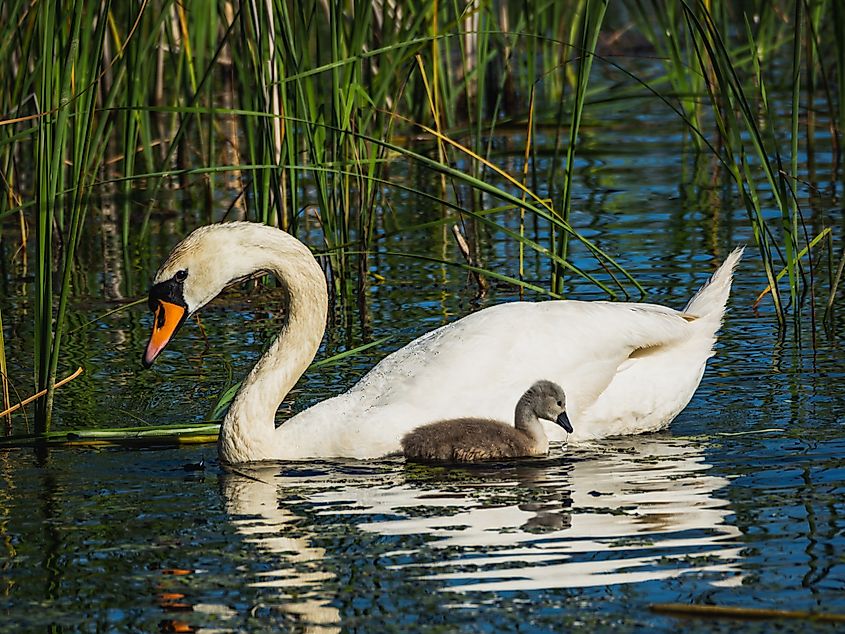
The Marais des Cygnes River, spanning approximately 217 miles, is one of the longest rivers in eastern Kansas. The river begins in eastern Kansas and flows into Missouri, playing a crucial role in the region's watershed. Its name, French for "Marsh of Swans," reflects the river's serene beauty and the rich wildlife habitats along its banks. The river is home to wildlife species such as herons, river otters, and painted turtles. The river supports agriculture, tourism, and wildlife conservation in eastern Kansas. Its waters irrigate farmlands, power hydroelectric facilities, and provide opportunities for fishing and boating. Recreational activities such as hiking, camping, and wildlife observation offer residents and visitors a chance to explore its natural beauty.
Flowing Through Kansas
These rivers showcase the diverse landscape of Kansas, from the grasslands of the west to the woodlands of the south and east. They are not only integral to the state's ecology and history but also offer a wealth of recreational opportunities for those who seek to explore the natural wonders of the Sunflower State. Whether it's fishing, bird-watching, or simply enjoying the serenity of the flowing waters, the rivers of Kansas have something to offer everyone. So, grab your fishing rod, canoe, or hiking boots and set out to discover the beauty of Kansas's rivers! Happy exploring!
